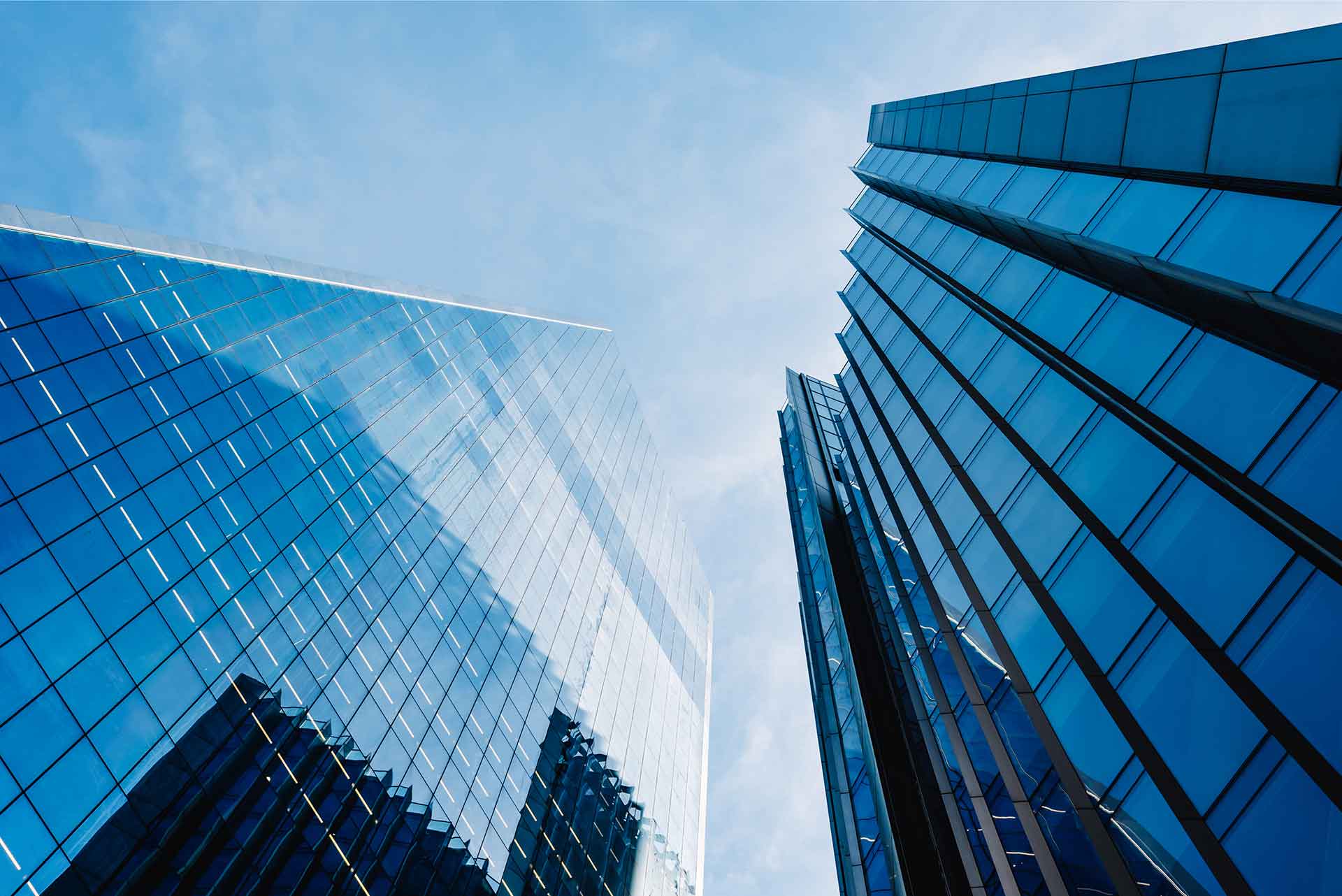Fire safety glass: safely achieve the architectural look
Façades and atriums have become crucial for modern business and office buildings. But how can architects and specifiers combine building safety with the desirable architectural aesthetic?

In this article we look at the different factors to consider when it comes to glazed façade installations in new commercial buildings.
Glass has become one of the most prominent building materials of the modern era, thanks in part to its advantages in creating open and contemporary spaces filled with natural light. As a result, the architectural look of glass façades and atriums are sought after across the commercial building world. However, there is more to glass façades and atriums than modern aesthetics, with the safety of the building and its occupants being paramount. Fortunately, with the correct fire safety glass products and the right information, specifiers can enjoy the best of both worlds.
Fire safety
Fire safety glass plays an integral part in a building’s passive fire protection plan. Through the process of compartmentation, fire rated glass can help prevent the spread of fire from its source to the rest of the building. Considering that atriums are usually located centrally, installing fire-rated glass in this area could be a key aspect in reducing the impact of an unfortunate blaze.
Understanding the different classifications is crucial in order to correctly specify the fire safety glass in building plans. There are three European classifications of fire safety glass to be aware of, and each has a different level of performance. E (Integrity) prevents the passage of hot gasses and flames and is the base level of fire safety glass performance. EW (Integrity and Radiation) mimics the properties of ‘E’ but with an additional layer of protection that reduces heat radiation from the protected side. EI (Integrity and Insulation) presents the highest level of security, providing a solid barrier against smoke, flames and hot gasses, along with significantly reducing the amount of heat radiation on the protected side. The classification required can change from application to application, and specifiers should always consult the Building Regulations first.
Architectural aesthetics
One of the main challenges for specifiers and architects is to ensure that the safety aspects of the building don’t have a detrimental effect on the building’s aesthetics. With standard glass (non-fire-rated) able to be manufactured to extremely large sizes, modern fire safety glass manufacturers now also test their glass panels to the maximum size possible, ensuring that you can still achieve the grand, smooth look you would attribute to a façade system.
Multi-functionality
Fire safety glass is used predominantly for its fire resilience and aesthetic qualities. However, the multi-functional capabilities of fire safety glass can also offer further performance benefits. For example, by carefully incorporating additional counterpanes into the glazed system, the acoustic quality can be vastly improved, something which is essential for office spaces. UV stability can also be a key consideration, particularly for external façades, achieved by adding counterpanes with a solar control coating into the fire glazing system.
Today, specifiers and architects are challenged with balancing building safety with architectural design, and fire safety glass is the optimal way to achieve these goals. With glass façades and atriums requiring hundreds and in some cases thousands of square metres of safety glass, seek the advice of an experienced fire safety glass manufacturer, such as Pyroguard, for the best guidance and technical support.
For more information, please contact us.
